By Deaf Eyes: Questioning Assumptions and Reframing Understanding
Associated Articles: By Deaf Eyes: Questioning Assumptions and Reframing Understanding
Introduction
With nice pleasure, we are going to discover the intriguing subject associated to By Deaf Eyes: Questioning Assumptions and Reframing Understanding. Let’s weave attention-grabbing info and provide contemporary views to the readers.
Desk of Content material
By Deaf Eyes: Questioning Assumptions and Reframing Understanding

The world, as skilled by Deaf people, is commonly profoundly totally different from the listening to world’s notion. This distinction is not merely a matter of missing the power to listen to; it is a elementary shift in sensory enter, communication types, and cultural identification. Understanding the Deaf expertise requires shifting past simplistic notions of "listening to impaired" and interesting with the nuanced views and questions that come up from a profoundly totally different approach of being on this planet. This text explores a few of the essential questions that come up when viewing the world "By Deaf Eyes."
I. Language and Identification: The Basis of Deaf Tradition
Probably the most vital questions revolves round language. For a lot of Deaf people, their major language just isn’t English, however Signal Language – a visual-spatial language with its personal grammar, syntax, and wealthy cultural expressions. This instantly raises a number of factors:
-
Is Signal Language a "actual" language? This query, sadly, nonetheless persists in some circles. The reply is a powerful sure. Signal Languages are complicated linguistic programs with their very own distinctive constructions, able to expressing summary ideas, nuanced feelings, and complex narratives. Dismissing Signal Language as mere gestures diminishes the wealthy cultural heritage and mental capability it represents.
-
What are the implications of a visual-spatial language on cognition and world view? The reliance on visible info profoundly shapes how Deaf people understand and work together with their setting. Spatial reasoning, as an illustration, could also be heightened, whereas reliance on auditory cues is of course minimized. This distinction is not a deficit; it is a totally different cognitive pathway, resulting in distinctive methods of understanding the world.
-
How does the dominance of oralism (emphasizing speech) impression Deaf identification and vanity? Traditionally, many Deaf kids have been pressured to study speech by strategies that always suppressed their pure inclination in direction of Signal Language. This imposed assimilation can result in emotions of inadequacy, disconnect from Deaf tradition, and a diminished sense of self. The wrestle for linguistic freedom and the popularity of Signal Language as a sound and important a part of Deaf identification is a central theme in Deaf historical past.
II. Entry and Inclusion: Navigating a Listening to-Centric World
The constructed setting and social constructions are overwhelmingly designed for listening to people. This creates vital limitations for Deaf folks, elevating elementary questions on entry and inclusion:
-
How can we create actually accessible environments and communication programs? This goes past merely offering captioning or interpreters. It requires a elementary shift in design considering, contemplating visible cues, spatial consciousness, and the wants of various Deaf people who could use totally different communication strategies (e.g., signal language, lip studying, assistive expertise).
-
What are the moral implications of relying solely on interpreters for communication? Whereas interpreters are important, they act as intermediaries, doubtlessly filtering info and impacting the spontaneity and authenticity of communication. Direct entry to info by visible means is essential for empowering Deaf people.
-
How can we tackle the underrepresentation of Deaf people in training, employment, and management positions? The dearth of accessible training and employment alternatives reinforces systemic inequalities. Addressing this requires proactive measures, together with specialised coaching packages, lodging, and a dedication to variety and inclusion.
-
How does the dearth of entry impression Deaf people’ social lives and sense of belonging? Social exclusion can have a profound impression on psychological well being and well-being. Creating inclusive social areas the place Deaf people can join and thrive is important.
III. Medicalization and the Deaf Group’s Resistance:
The historic medicalization of deafness has led to a fancy relationship between the Deaf neighborhood and the medical institution. This raises necessary questions:
-
Is deafness a incapacity or a cultural identification? Many Deaf people view deafness not as a deficit to be "fastened," however as a definite cultural identification with its personal language, values, and traditions. This attitude challenges the medical mannequin that frames deafness solely as a medical drawback requiring intervention.
-
What are the moral issues surrounding cochlear implants and different assistive applied sciences? Whereas these applied sciences can enhance listening to for some, in addition they elevate questions in regards to the strain to adapt to listening to norms and the potential lack of Deaf cultural identification. Knowledgeable consent and respect for particular person selections are paramount.
-
How can we transfer past a deficit mannequin of deafness in direction of a mannequin of affirmation and empowerment? Shifting the main target from "fixing" deafness to celebrating Deaf tradition and supporting Deaf people’ full participation in society is essential. This requires difficult ingrained biases and selling a extra inclusive understanding of variety.
IV. The Function of Know-how and the Way forward for Deaf Communication:
Know-how is quickly altering the panorama of Deaf communication and entry. This creates new potentialities, but additionally raises new questions:
-
How can expertise be leveraged to enhance entry to info and communication for Deaf people? Actual-time captioning, video relay companies, and different applied sciences provide promising avenues for bridging communication gaps. Nevertheless, making certain equitable entry and addressing digital literacy challenges are essential.
-
What are the potential advantages and downsides of utilizing expertise for communication? Whereas expertise can facilitate communication, it could possibly additionally create new limitations, reminiscent of dependence on particular platforms or gadgets, and potential for miscommunication as a consequence of technical glitches.
-
How can we be certain that technological developments are developed in collaboration with the Deaf neighborhood to fulfill their wants and preferences? Involving Deaf people within the design and improvement of assistive applied sciences is important to make sure that they’re actually user-friendly and efficient.
V. Transferring Ahead: A Name for Understanding and Motion:
Understanding the Deaf expertise requires a willingness to query assumptions, problem stereotypes, and embrace a broader perspective on variety. Transferring ahead, we should:
-
Promote Deaf training and consciousness: Educating the listening to neighborhood about Deaf tradition, Signal Language, and the distinctive challenges confronted by Deaf people is essential for fostering empathy and understanding.
-
Advocate for inclusive insurance policies and practices: Implementing insurance policies that promote accessibility, inclusion, and equal alternatives for Deaf people in all facets of life is important.
-
Assist Deaf-led organizations and initiatives: Empowering Deaf people and organizations to prepared the ground in advocating for his or her rights and desires is vital.
-
Embrace the richness of Deaf tradition: Recognizing and celebrating the distinctive cultural contributions of the Deaf neighborhood is important for constructing a extra inclusive and equitable society.
By asking these questions and interesting in considerate dialogue, we are able to start to dismantle the limitations that separate the listening to and Deaf worlds, fostering a extra inclusive and understanding society the place everybody can thrive. Viewing the world "By Deaf Eyes" just isn’t merely an act of empathy; it’s a vital step in direction of creating a really equitable and simply world for all. It is about recognizing the inherent worth and richness of a distinct perspective, and actively working to create a society that embraces that distinction, not as a deficit, however as a supply of power and innovation.
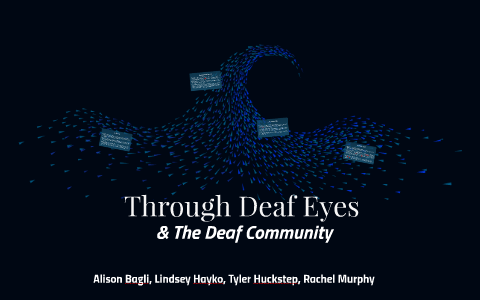
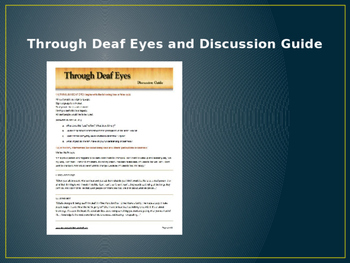
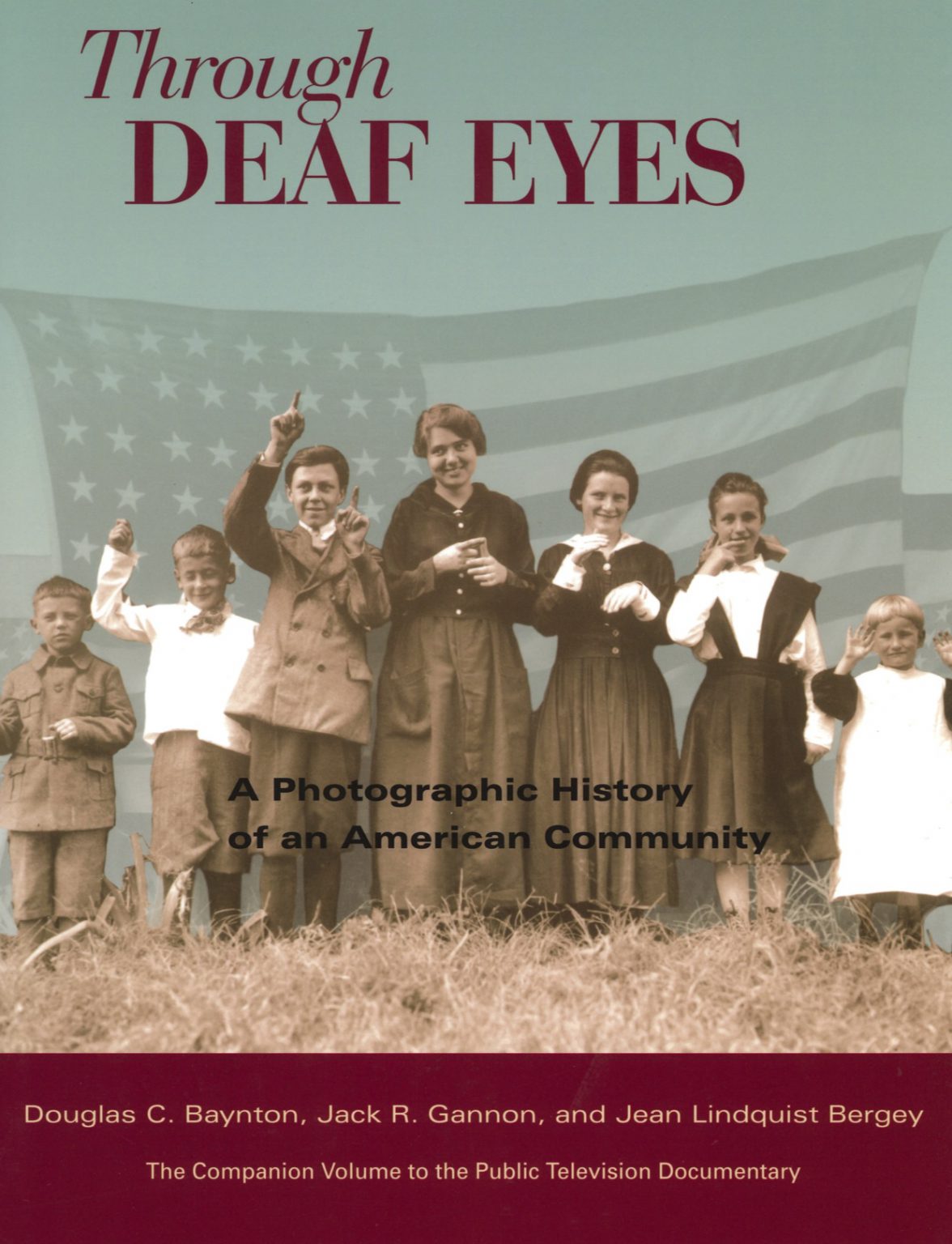
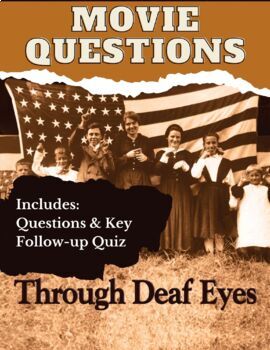



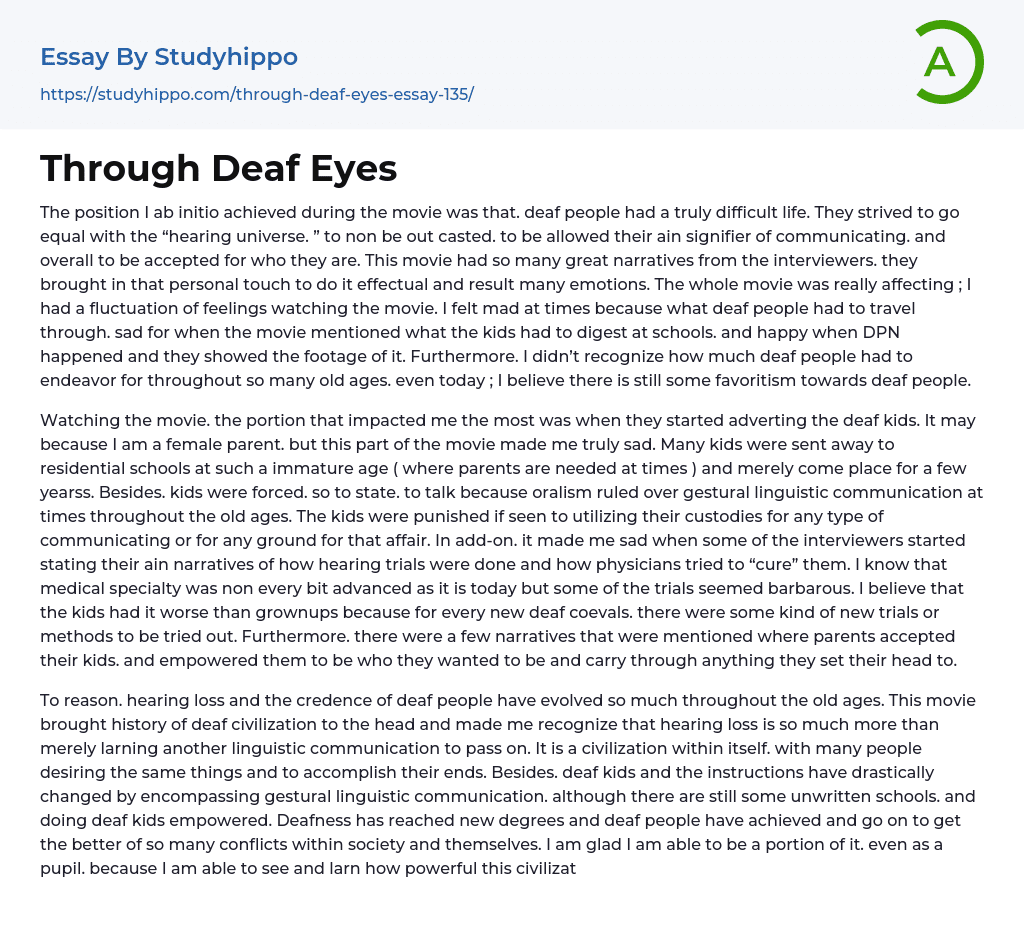
Closure
Thus, we hope this text has supplied useful insights into By Deaf Eyes: Questioning Assumptions and Reframing Understanding. We respect your consideration to our article. See you in our subsequent article!